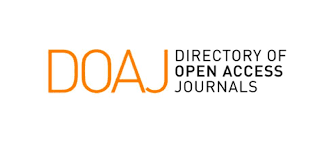PEMODELAN KASUS PNEUMONIA PADA BALITA DI PROVINSI BALI MENGGUNAKAN METODE REGRESI NONPARAMETRIK B-SPLINE
Abstract
Pneumonia is an inflammatory lung disease caused by bacterium Streptococcus pneumonia, Chlamydophila pneumonia bacteria, influenza virus, and fungi. Bali Provincial Health Service data in 2018 shows that one of the diseases that causes many deaths in children under five is pneumonia. This study aims to model the number of pneumonia cases in children under five in Bali Province in 2018 with six research variables, namely percentage of low birth weight, percentage of coverage of infants who receive vitamin A, percentage of infants who receive exclusive breastfeeding, percentage of under-five health services, percentage of villages that implement community-based total sanitation, and percentage of neonatal complications management. In the B-Spline function there are connecting points called knots. The best estimation of the B-Spline regression model is obtained from selecting the optimum knot point with the criteria for the value of generalized cross validation (GCV) and the selected mean square error (MSE) having the minimum value. The B-Spline regression model that is formed is the quadratic B-Spline model (order 3) with five knots resulting in an value of 87.79%.
Downloads

This work is licensed under a Creative Commons Attribution 4.0 International License.

This work is licensed under a Creative Commons Attribution 4.0 International License.









